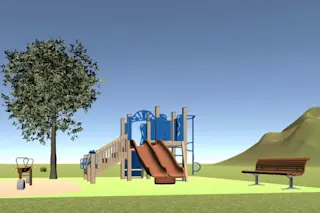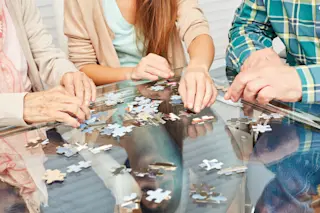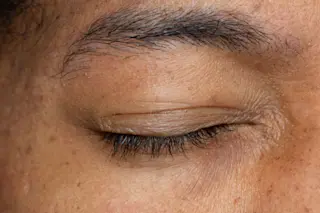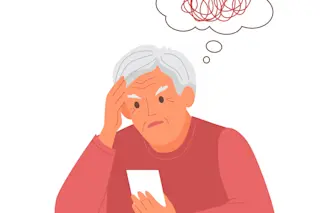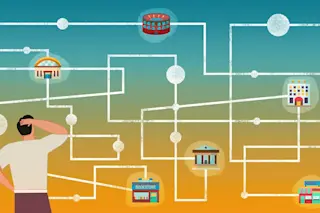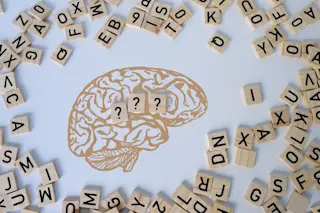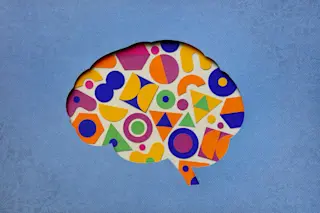Every day, we flood our brains with new information and different experiences, packing even more memories into our vast collection. But how does that process play out? In the past 200 years, psychologists and neuroscientists have worked to learn how our brains learn.
Researchers continue to piece together how the brain forms memory. Here are a few regions thought to be involved:
Evan Oto/Science Source
Henry Molaison’s brain helped spotlight the hippocampus’ role in memory, so it was frozen for future study. In 2009, a team at the University of California, San Diego dissected the brain and created a 3-D model, a vast improvement over the MRI scans performed while Molaison was alive. Diego Mariscal/Brain Observatory/UC San Diego
Those Who Can’t Remember: To treat his epilepsy, Henry Molaison, known for decades as “H.M.” to protect his identity, had parts of his temporal lobe, including the hippocampus, surgically removed from both ...



